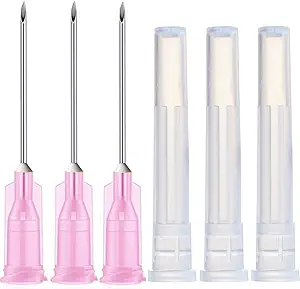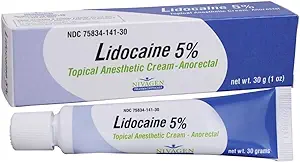Introduction
An ear hematoma in a cat refers to a condition where blood accumulates within the ear flap, causing it to swell like a balloon and become painful. In fact it is similar as a blood blister on another part of the body. This occurs due to trauma for instance after a fight with another cat, ear infections, or underlying medical conditions. Recognizing and treating an ear hematoma in a cat is essential to prevent complications and improve their quality of life. In this article, we will discuss the causes, symptoms, and treatment options for an ear hematoma in a cat. We will also provide tips for pet owners on how to recognize the signs of this condition.
Causes of an ear hematoma in a cat
An ear hematoma in a cat can be caused by a variety of factors, including trauma after a fight with other cats, infections of the ear, allergies, and underlying medical conditions. Trauma to the ear, such as from a fight or fall, can cause blood vessels in the cartilage of the ear to rupture and lead to the formation of a hematoma. Ear infections, whether bacterial, fungal, or parasitic, can also contribute to the development of an ear hematoma in a cat by causing irritation and inflammation. This causes head shaking in the cat. Head shaking can cause the rupture of the blood vessel in the ear cartilage.
Allergies to food or environmental allergies can also cause inflammation and irritation in the ear, leading to the formation of a hematoma. Finally, certain medical conditions, such as blood clotting disorders or immune-mediated diseases, increases the risk of an ear hematoma in a cat. Luckily these conditions are pretty rare in cats.
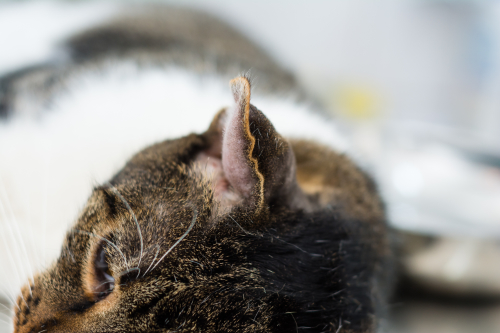
Symptoms of an ear hematoma
Symptoms of an ear hematoma in a cat include a swollen ear flap. The cat auricle can be swollen like a balloon. This balloon may feel warm to the touch and appear red or bruised. Cats with an ear hematoma may also exhibit signs of pain and discomfort, such as pawing at their ear or shaking their head. In some cases, a bloody discharge from the hematoma may also be present. It is important to note that the severity of these symptoms can vary depending on the underlying cause and how long the hematoma has been present.
Diagnosing an ear hematoma in a cat
It is not difficult to recognize an ear hematoma. An ear hematoma in a cat looks like a balloon and feels like a fluid-filled soft sphere. It can be very small, but it can also include the whole auricle. Most of the time the hematoma can be felt on both sides of one ear. It is pretty rare that a cat has an hematoma on both ears.
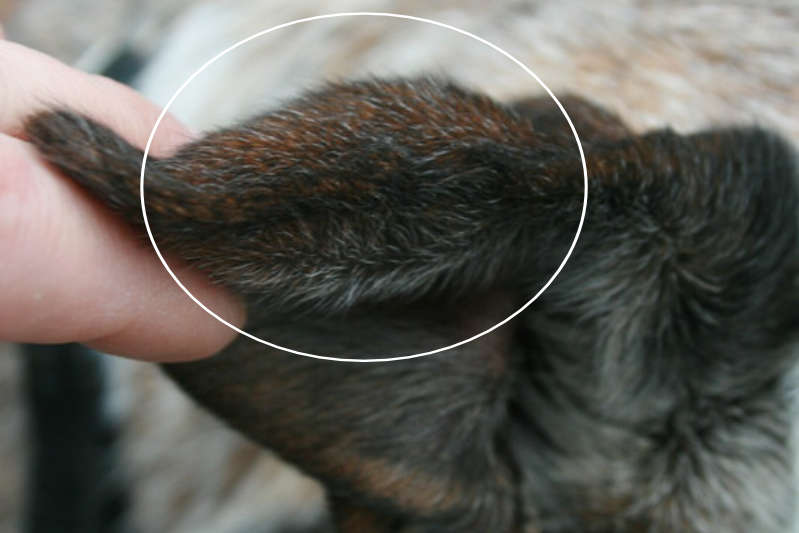
Is a cat ear hematoma an emergency?
Luckily it is not. During the next couple of days the ear hematoma in a cat can get bigger. But veterinarians can not do anything about that. Treatment for an aural hematoma in a cat can only begin after 7 days. So there is no need to see a veterinarian for an emergency consultation.
Treatment Options for an ear hematoma in a cat
If you see these symptoms of an ear hematoma in a cat, you need to think about if and what you want to do about it. You can leave the ear as it is. This will cause the ear to become a cauliflower ear. You can also empty the hematoma with a needle. In this case the ear will heal in a more natural way but the risk of a cauliflower ear in your cat still exists. Below is described how you can do that. But you can also choose for an operation done by your vet. This will have the best result in a cat but also is the most expensive.
Veterinary treatment
A vet can make an incision under anesthesia in the inside of the auricle. Through this cut in the ear hematoma in a cat, he removes the blood and blood clots from the hematoma. The two skin layers of the ear are attached to each other again by means of sutures through the auricle. So from the inside through the auricle to the outside and then back to the inside. These sutures will be placed in several places in the auricle. This operation can only take place about 7 days after the onset of the hematoma. After all, the hole in the blood vessel must first be closed.
Hematoma left untreated - natural treatment
There is nothing wrong with leaving the ear hematoma in a cat as it is. The blood cloth and fluids will be resolved naturally. But there is a chance that scar tissue will be formed in the auricle. This will cause the ear to wrinkel en look like a cauliflower. This doesn’t look pretty, but it doesn’t hurt your cat. He can have a happy life with this unique ear.
Home treatment: Empty the hematoma with a needle.
In this case the blood itself will be taken out of the ear hematoma in a cat, but most of the blood cloths will stay in the ear. So there still is a chance that scar tissue is formed causing the ear to look like a cauliflower. But it is a cheap and pretty easy way to reduce the chance to form a cauliflower ear.
Supplies
How do you puncture the hematoma in the ear yourself? After 7 days from the start of the hematoma the blood vessel rupture should have healed on it’s own. So if you empty the ear hematoma in the cat, it should not refill. Your vet can also do this procedure for you. You do this by pricking a hollow needle on the inside of the ear in the middle of the swelling and removing as much blood and blood clots as possible through the needle.
You can use the needle above for this. This is a thick needle, but since small blood clots also have to pass through it, it’s the best one. You can use lidocaine cream to make the prick of the needle less sensitive for your cat. You put this cream on the ear hematoma in a cat a half an hour in advance and let it soak in the skin.
In the meantime, find a container that you can use to hold under the ear to collect the bloody fluid. After half an hour, remove the ointment well and disinfect the middle of the hematoma-surface with some alcohol. You can use alcohol whipes like below. Make sure that the alcohol does not run into the ear canal. And especially not if the ear is inflamed, because then it stings your cat enormously and you will no longer have the chance to get that needle in the ear hematoma in a cat.
The procedure
When the skin is properly disinfected, you can insert the needle into the ear hematoma in a cat with a firm movement. Put it in the middle of the hematoma. Your cat will maybe move for a short period of time so keep that in mind with your needle. It works best if someone else holds your cat while you use the needle. Try to keep the needle inside the hematoma.
The needle is sterile (= bacteria-free) and you may not touch the metal part with your hands or fingers. You can touch the plastic part. In the meantime, have someone else hold the container under the ear. As soon as the moisture no longer flows out on its own, you can try a little more to massage it out. As much as possible should come out. Here you can see a video showing how you can drain the ear yourself. It is a video of a hematoma in a dog, but in cat’s it is the same.
Can an aural hematoma heal on its own?
Yes it definately can. but there is a big chance that a cauliflower ear will develop. That doesn’t hurt your cat in any way later in his life. But it just doens’t look very pretty. Don’t forget to treat the underlying cause of the ear hematoma in a cat if you decide to let it heal on it’s own. If your cat also has an ear infection that caused the hematoma, you do need to treat that infection.
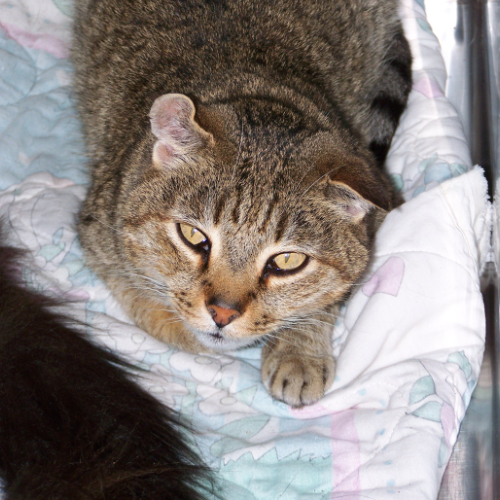
Cost of an ear hematoma surgery in a cat.
The cost of a surgery on a ear hematoma in a cat can vary depending on several factors, such as the severity of the hematoma, the country where the veterinary clinic is located, and any additional medical procedures that may be necessary. On average, pet owners can expect to pay between €500 to €1000 for surgical treatment of an ear hematoma in a cat. However, it is important to note that this cost may increase if the cat requires additional testing or procedures. Pet owners should consult with their veterinarian to discuss the best treatment options for their cat, as well as any potential costs associated with those treatments.

